Sugar and spice and all things nice – Zanzibar
Did you know Zanzibar’s name originates from the Arabic Zinj el Barr meaning land of the blacks? And that Zanzibar was the original Omani capital? Indeed yes, following the tenures of the Persians, Portuguese and the British, Zanzibar was then ruled by Omanis. The trade of slaves (sadly), ivory (sadly too), gold and spices flourished to such a peak that in the 1840s the Sultan of Oman relocated his court to the East African island for well over a century until its independence in 1964.
History lesson over, Zanzibar’s association with all things spice can be traced back to its prime location on the spice route from the Orient, where dhows sailed in bringing garlic, lemongrass and the triple Cs – cloves, cinnamon and cardamom, adding to the chilli, vanilla and cacao (whose pulp I tasted and makes for an addictive, sweet gum) that the Portuguese had left behind.
A spice tour is a must on any traveller’s itinerary where a guide walks you through one of the many government-owned plantations in the Kindichi or Kizimbani farming villages, a mere half hour drive or so from the island’s epicenter, Stone Town – en route to the beach resorts. Or else get lost and mingle with the hordes of locals in Stone Town’s Darajani food market, coconut and sugar cane street vendors included – hugely atmospheric. Aside from the spices I’ve mentioned, coriander, cumin, curry, ginger, nutmeg, pepper, saffron, tamarind and turmeric are prolific – and you can buy heaps to take home. Mind you, we’re not short of a few spices in Dubai’s supermarkets. Make sure to store away from sunlight and they will keep for a couple of years.
L to R: Raw spices from the spice farm, sugar cane vendor and nutmeg!
It’s not just spices galvanising your senses, but naturally tropical fruit is abundant and hence why a fruit platter is the most favoured dessert. Bungo, a spherical, orange-green fruit is indigenous to Zanzibar, and when juiced makes for a tart and refreshing fluorescent drink – if the colour is off-putting, try it as a fabulous fruit ceviche. Custard apple was my personal favourite – the sweet fleshy ‘meat’, highly addictive.
Meanwhile for all things savoury, head to Stone Town’s Forodhani Gardens on the seaside opposite the Old Fort – make sure it’s sunset or later on when small lanterns light up the area creating a superb, romantic ambience. Meander through the many food stalls serving up delicacies such as grilled pweza (octopus), mishikaki (marinated grilled kebabs) and Zanzibari pizza, a rolled-up, omelette-filled chapatti.
A cooking class is always a great way to familiarise oneself with a country’s cuisine, and most of Zanzibar’s hotels will oblige. At Jafferji House, my Stone Town home away from home, the chef regaled me with a vegetarian feast – cassava in coconut sauce, slightly spiced sweet potato with tomatoes, and pilau rice – all cooked in earthenware pots on a coal fire. Whilst many a spice is used in Zanzibari cooking, the flavours are pretty mild and not at all hot and chilli infused like its Indian cousin – curries for instance tend to be cooked in coconut sauce, Thai-style.
Talking of which, a goat curry is another local speciality worth asking for, as is samaki wa kupaka, a coriander and coconut marinated grilled fish. Mkate wa kumimina is a common carb snack – cardamom spiced rice and coconut fried bread – wolfed down with Masala chai or Zanzibari coffee.
With food at the heart of Zanzibari culture, it’s pretty easy to stumble across a good restaurant in Stone Town, but a little harder if you’re in one of the beach destinations. So here’s FooDiva’s mini dining out guide, as well as a few sleeping options.
WHERE TO SLEEP
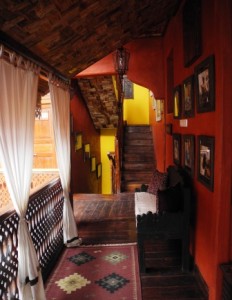 Jafferji House & Spa
Jafferji House & Spa
Stone Town is brimming with boutique hotels many of which are historic conversions like Jafferji House, the century-old ancestral home of owner photographer Javed Jafferji’s family. Located in the midst of the maze that makes up Stone Town’s old quarter, vibrant crimsons and opulent ochres create an intimate space. Choose one of the 12 individually designed rooms. FooDiva can vouch for the Sultan suite, my top-floor home for the weekend overlooking the Fort and turquoise waters complete with ornate wooden four-poster bed, both indoor and wait for this, outdoor showers, plus a Moroccan brass bath tub and private parlour. All meals, breakfast included are served in Mistress of Spices, with every table a plush banquette, or else opt for the courtyard taking in the myriad of colours and stunning photographic prints, where would you believe it, I stumbled upon chef, restaurateur and TV presenter Reza Mahammad filming Food Network!
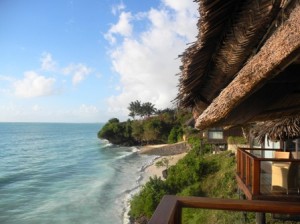 Meliá Zanzibar
Meliá Zanzibar
Naturally it’s beaches galore in Zanzibar – FooDiva picked the eastern coastal resort of Kiwengwa and the Spanish brand Melia’s sprawling hotel – about an hour’s drive from Stone Town. The so-called Romance Ocean Front Pavilion rooms are THE rooms to nab with a breathtaking cliff-top setting. With thatched coconut tree leaf roofs and standalone bathtubs offering 180 degree views of the Indian Ocean, you will fall asleep to waves crashing on the rocks beneath you. Trust me, you won’t regret the splurge – there’s only seven so book well in advance.
 Upendo Villa Retreat and Lounge
Upendo Villa Retreat and Lounge
An hour’s drive down the south-eastern coast, on the Michamvi Peninsula sits Upendo – a private, fully catered, three bedroom villa retreat that ideally is best enjoyed booked outright, but if you can’t gather six friends, the lovely owner Trish, occupancy-depending may oblige with individual room bookings. Upendo also offers a standalone en-suite room barasti-style, with plans to build more. Right on the powdery white sandy beach, there’s also an infinity pool, lounge area and rustic restaurant known for its Sunday brunches.
FOODIVA’S TOP DINING PICKS
 Emerson Spice
Emerson Spice
Top of FooDiva’s dining wish list in Stone Town is the roof top terrace of newly-opened Emerson Spice in the heart of the historic district. Get there early for sundowners and a 360 degree vista of Stone Town’s roof tops, minarets and bell towers. With a huge emphasis on local produce, every Emerson Spice menu overflows with seafood like the tuna timbale, lobster in vanilla sauce and clove-toasted king fish I savoured as part of a five course daily-changing degustation menu. Served at 7pm on the dot for an incredibly cheap by Dubai standards AED 110 – and that’s no typo!
Monsoon Restaurant
Zanzibari cuisine aside, you must taste the more wholesome Swahili flavours – head to Monsoon overlooking the Forodhani Gardens – another good sunset spot. Grab a table on the patio under the cover of beautiful blossoming bougainvilleas or if you would rather avoid the odd mosquito bite, dine inside on the mikeka – authentic local floor seating with kanga cushions. Opt for seafood, we’re on an island after all – the tuna steak (request it lightly seared) is served in a tomato masala and dished up with an array of seasonal accompaniments – spice rice, chapatti, steamed spinach, chickpea cassava and yams in a coconut sauce, cooked green bananas, and sweet plantain.
Zanzibar Serena Inn
If you just fancy sundowners, then the ‘grande dame’ of Stone Town, Zanzibar Serena Inn has the perfect coastal setting. Sip cocktails in huge wicker chairs, colonial-style at the pool terrace, whilst watching traditional Omani dhows sail into the sunset to the tune of a local Taarab orchestra.
 The Jetty
The Jetty
Back at the Melia in Kiwengwa, the restaurant of choice has to be The Jetty, aptly named after its location perched above the Indian Ocean. Imagine a rustic version of Dubai’s Pierchic with thatched roof instead. The menu is hugely Japanese inspired – go for the ever so tender and succulent teriyaki-marinated beef skewers and crunchy yet juicy prawn tempura.
Seles
A ten minute taxi ride up the road to Matemwe beach, also known for its powdery white sand, is Seles, where bungalows aside, you’ll happen upon a barasti-style beach shack serving the most exquisitely nourishing dishes like the king prawn coconut curry with warm chapattis that FooDiva wolfed down pretty quickly. Seles makes a mean Bloody Mary too! Cheap as chips.
The Rock
Top marks for the most inventive location has to go to the Rock, a seafood eatery perched on you guessed it, a huge rock in the shallow waters off the Michamvi Pingwe peninsula, just over an hour’s drive south down the coast (opposite Upendo). Once you arrive at the beach, tide dependent, you can either walk across or catch a boat. Sadly, the food whilst reasonable enough lacked wow factor – a real shame given the stunning location and breathtaking views. From what FooDiva tasted, the fresh crab and mango salad was a clear highlight. I hear rumours the management may change hands so let’s live in hope.
And here’s a pictorial tour of my favourite spots and shots – enjoy the spicy journey!
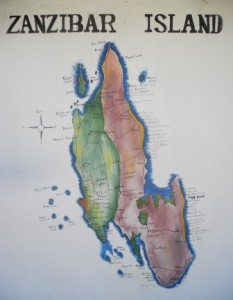 Emirates operates daily return flights to Dar Es Salaam from Dubai where you can catch a 20 minute domestic flight with Precision Air to Zanzibar. Oman Air flies direct from Muscat and Qatar Airways is due to launch direct routes from Doha soon. June to February are the best times to visit avoiding the rainy season.
Emirates operates daily return flights to Dar Es Salaam from Dubai where you can catch a 20 minute domestic flight with Precision Air to Zanzibar. Oman Air flies direct from Muscat and Qatar Airways is due to launch direct routes from Doha soon. June to February are the best times to visit avoiding the rainy season.
Have you been? Would you go? Where’s your next holiday?
A bientôt.
FooDiva. x
P.S – this post has been adapted from a feature I wrote for the October issue of ITP’s Gourmet magazine.



























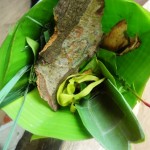




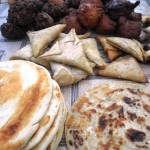













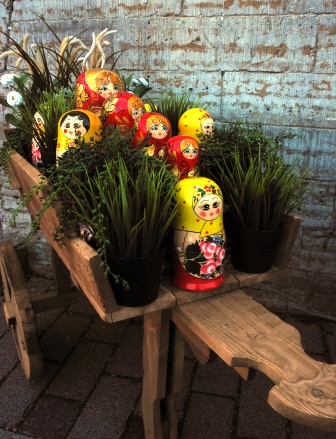

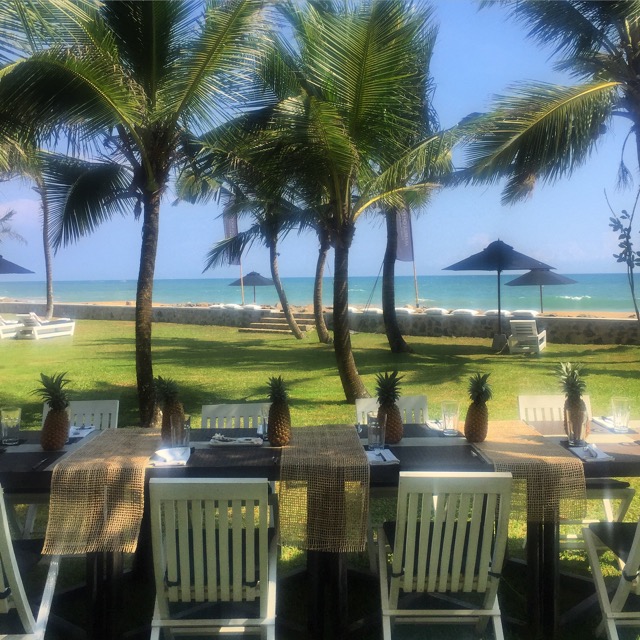


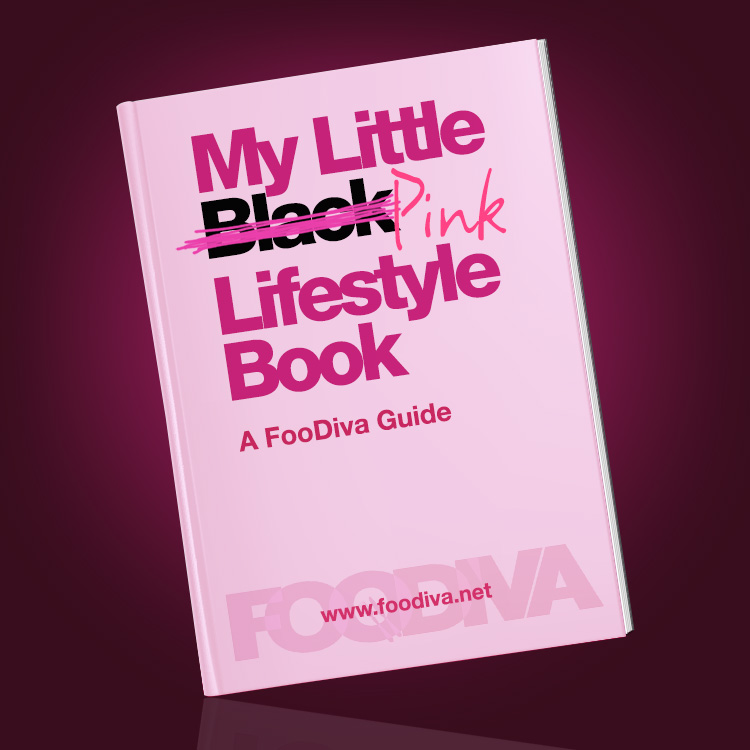






So jealous. Really need to get to Zanzibar – every picture I see is like a drug that just keeps drawing me in. Thanks for the tips – will re-look when I finally get around to booking my trip. xx
A pleasure Sarah – you must go. If you’ve not been to that part of the world before, look to combine with a Serengeti safari. x
We should include this trip to our future plans.
Very nice! Not to be pedantic, but “zinj al barr” would literally translate to “blacks of the land” (as opposed to sea and air, perhaps???) rather than “land of the blacks” but it’s all good in my book – any place where cacao pods grow sounds like heaven to me! I’ve always wanted to go there if only to be able to eat tonnes of seafood without having to pay tonnes for it (the sad irony of this is that we live by the sea here in Dubai). I’ve heard of one excursion in Zanzibar where they take you out fishing and then cook up a feast probably at the fraction of the cost of a meal in one of Dubai’s see food eateries. Maybe one day…
Thanks for the heads up on the translation! Sadly I ran out of time, but there’s a company called Safari Blue that has an all-day boat trip from Fumba (near Stone Town) with dolphin spotting, snorkelling, sailing and fresh seafood lunch…one for next time. Let me know if you get there before me!
Hey great article, I have just got back from Zanzibar and it is a great experience, rich in history and interesting places to see. I did the spice tour and its amazing to see where and how things grow, I visited the slave market as well as the chambers and safari blue ( although my safari blue was a fake one, which I found out after) so be careful which tour you choose. I would recommend a visit to Zanzibar for sure.
Thanks for dropping by Rebecca! The slave market is horrendous to see but yes well worth visiting. OMG appreciate the heads up on the fake tours 🙁
I went to Zanzibar in August and posted a pictorial of my visit on our blog. I agree wholeheartedly that it is a great place for food travel as it is so rich with cultural history and really great fresh food. I do plan to return and will check out those restaurants you recommend!
Looks like we were there at the same time 🙂 If you need any more recommendations let me know I have heaps.
wow – a nice read Mdm Diva. However Zanzibar became an Omani capital following Muscat, when the Sultan Said relocated to the island.
I hope you do a review of some of Muscat’s eateries
Oops need to double check my sources then – thanks for that! Would love to cover Muscat at some point in the future. Thanks for stopping by.